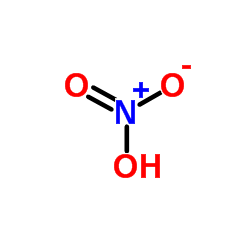| Structure | Name/CAS No. | Articles |
|---|---|---|
 |
nitric acid
CAS:7697-37-2 |
|
 |
L-(+)-Lysine monohydrochloride
CAS:657-27-2 |
|
 |
Antimony
CAS:7440-36-0 |